
In my last post on Leonardo da Vinci I spoke of the rivalry he had with Michelangelo. Both working in Florence, both towering figures fully recognized as such by their contemporaries, both strong personalities. Leonardo, who thought that the essence of art was its conception, not its execution, looked down on Michelangelo the sculptor, covered with marble dust, just a glorified artisan. Michelangelo was never happier than when he had a block of marble under his hands, divining its spirits, making the inner image come alive. Leonardo, on the other hand, painted only to demonstrate an invention on composition or handling, always ready to go on to the next idea.
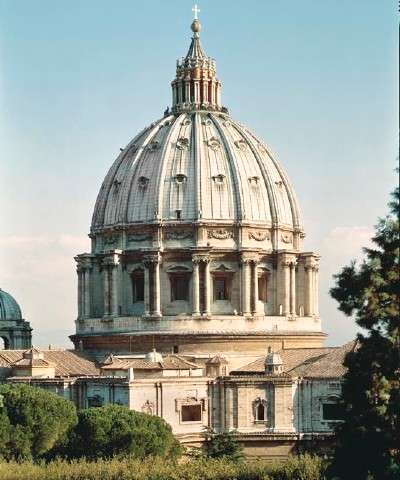
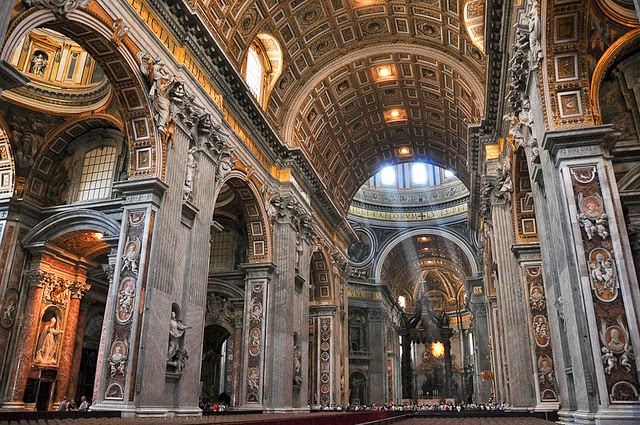
If Leonardo was the perfect “Renaissance man”, Michelangelo could claim the same title within the realm of art: sculptor, painter, architect, triumphant in all three spheres. Sculpture was always his first love and the field of his most amazing successes, but when called on to “rescue” the faltering design of St. Peters Basilica, a feat which outmatched several previous architects, he proved more than equal to the task.
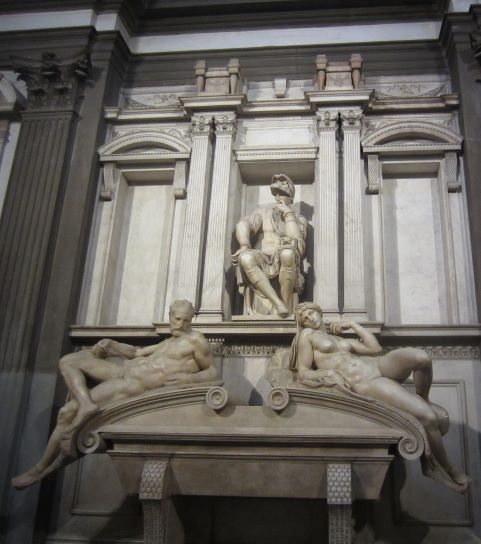
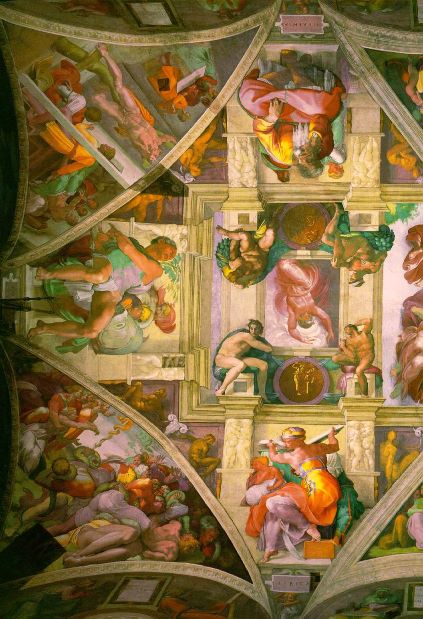
If Michelangelo and Leonardo were rivals, it did not match the rivalry between Michelangelo’s two great patrons: Lorenzo de Medici and Pope Julius II. Julius was of the Della Rovere family, which had vied for supremacy over the Medici in Florence for generations. Michelangelo was working on an ambitious project for the Medici tomb in Florence when Julius II became pope. From that moment on Julius flooded Michelangelo with projects he could not refuse (including as architect of St. Peters and painter of the Sistine chapel) ensuring that he would never have time to finish the Medici project.

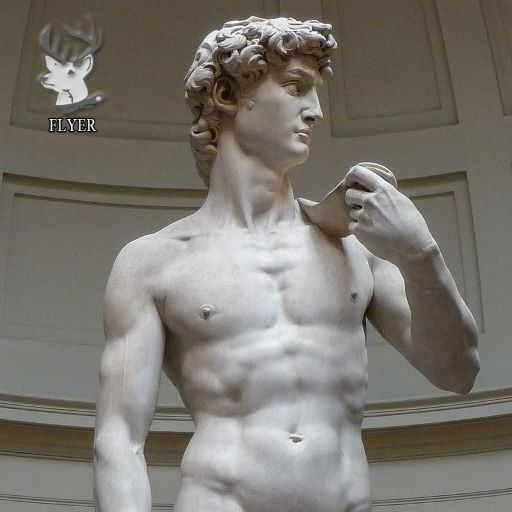
As impressive as was Michelangelo’s work in architecture and painting is, it is his accomplishments as a sculptor which are the most astounding. An early work and Medici commission is the famous “David”. He inherited a magnificent 18 foot block of Carrara marble which had been ruined by another sculptor (who broke off a huge chuck in the middle) but was considered too valuable to cut into two smaller pieces. Since the break went right to the center of the block, it was considered not salvageable by the other sculptors of his day. Michelangelo was able to find a totally convincing figure in what remained of the block, turning the necessary adjustments in proportion into advantages. A real triumph!
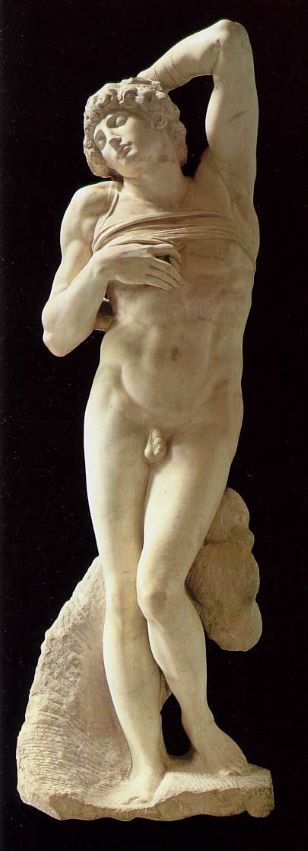
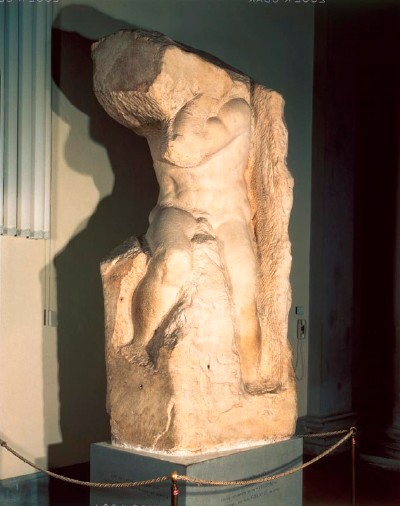
My favorite works of sculpture by Michelangelo are his series of “Slaves” – secondary figures for the Medici tomb project – precisely because several of them are unfinished. These works show Michelangelos unbelievable method of diving into a block of marble directly to the boundary of the figure, something no other sculptor could have had the temerity to try. This means that he was able to visualize the figure completely within the uncarved block, rather than cautiously approaching the form through removing extraneous stone. Impossible! And yet the evidence is in front of us! He said that he could see the figure within the block, and that his only task was to release it.
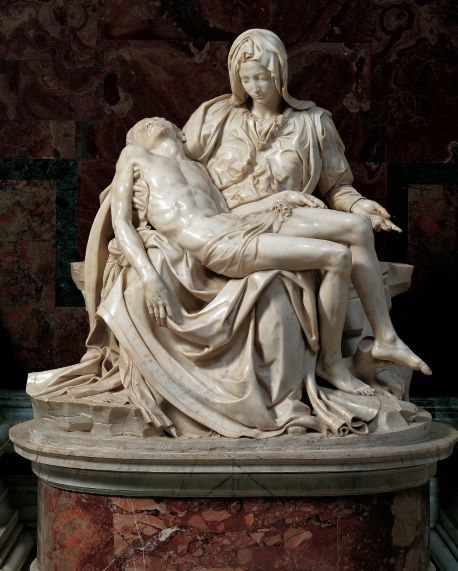
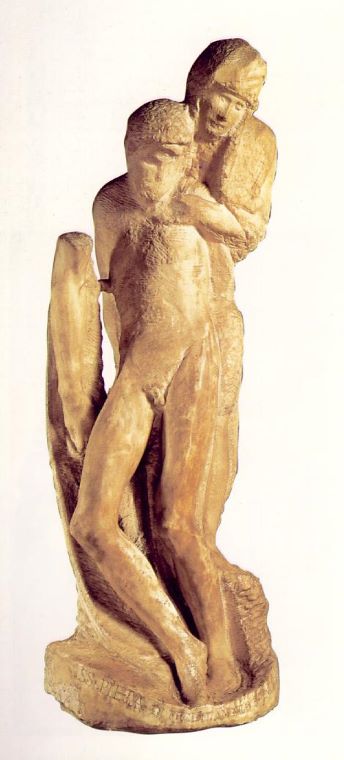
I will end by showing two examples of his treatment of the same subject, the “pieta” or lamentation of Christ. One sits triumphantly in St Peters, framed by his magnificent building design. The other is a very late work, unfinished, much freer and more directly affecting. The earlier pieta uses calculated distortions – as did the “David” – to highlight its message: an enlarged virgin, able to hold an adult on her lap comfortably. Somehow Michelangelo makes it seem not distorted at all. The unfinished late work abandons the classical serenity of the earlier piece and emphasizes the agony of the event. The unfinished work excites our modern sensibilities, feeding our fascination for understanding the physical and psychological process of creation. Thanks to Pope Julius II for never giving Michelangelo the chance to finish these works!